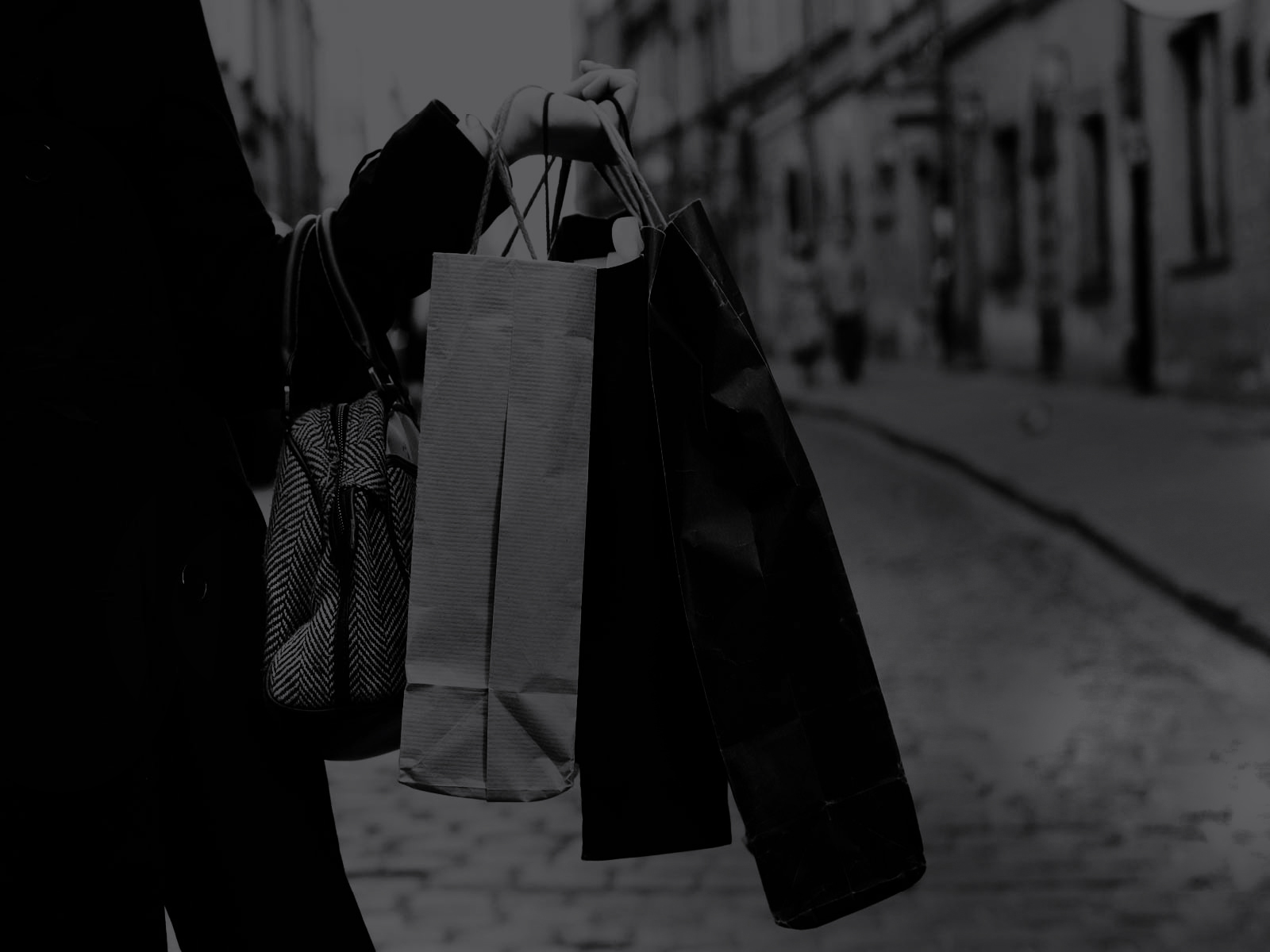Retailers have every reason to feel that consumers are winning a technological arms race. Armed with smartphones and wider broadband access and coverage, consumers boast unprecedented price transparency and can call on customer reviews with the swipe of a barcode or the tap of a touchscreen. Increasingly, the shopping trip does not start on the high street, but rather during the lunch hour at work, at the bus stop or even in bed. When customers do hit the shops, more than ever they expect to know what is in stock and demand the ability to reserve it, pay for it and go.
This retail revolution is different from previous shifts because it is based on consumer-driven innovation. Previous innovations—such as self-service supermarkets, direct e-commerce sales and using credit and debit cards—were all cases of retailers offering consumers something that most did not know they wanted. The new omni-channel world of consumers seamlessly researching and buying across mobile devices, computers and physical stores within the same shopping journey is one that consumers already inhabit. Winning over this new, omnipotent customer is not a question of merely opening a store in the right location and filling it with the best stock. Retailers recognise the rise of a new, empowered consumer and understand the need for action. But there is a wide degree of variation in what it means for retailers of different stripes and in varying national markets.
In order to investigate how retailers are adapting, the Economist Intelligence Unit, on behalf of MasterCard, surveyed over 300 retailers from the UK, France, Germany, Italy and Russia. Approximately one-half of the respondents are C-level executives and 42% come from companies with annual revenue of €500m or more. The survey results were supplemented with eight in-depth interviews with senior executives from leading retailers. This report takes a step towards mapping the shifting terrain and sketching out how retailers are navigating it.
Key findings include:
Retailers are behind consumers in the technology arms race. Only 3% of those surveyed are convinced that retailers are keeping pace with consumer demands for multi-channel retail. But retailers are often grappling with legacy systems that are hamstringing efforts to evolve as rapidly as the market. “Customers are coming into stores with 21st-century kit, the cloud in a handheld device, and retailers are using till systems from the 1980s,” says Ian Cheshire, chief executive of Kingfisher, owner of B&Q and Castorama. “The arms race has really switched to the consumers now.”
Agility and speed give smaller companies the edge. The first era of online expansion favoured the big players; now the smaller, more agile companies appear to have less difficulty responding to the rapidly evolving landscape. Nearly one-half (49%) of larger retailers in effect admit that they are hostages to the next big innovation by stating that some unknown technology will be the most important driver behind consumer expectations. However, just one-third of larger retailers are investing heavily in technology, compared to almost one-half (47%) of smaller retailers. Although the big players are waiting for the next revolution, the smaller players are experimenting at the forefront.
Watching and waiting for the next game-changing technology. After seeing the impact on the industry that different technologies have had in a very short period, retailers are betting that there is another game-changer that will shake things up by 2020. The biggest agent of change in customer relationships will be an innovation that is unimaginable today, according to 34% of respondents. This lack of certainty can make it difficult for companies to decide where to invest. But other seismic shifts can be predicted and prepared for: 36% expect the next big shake-up to be the burgeoning middle classes of emerging markets and 31% flag the impact of an ageing population in mature markets, while 43% expect mobile devices to be the most important channel for interacting with consumers in 2020.
Physical stores take on a new role in the omni-channel landscape. Brick-and-mortar stores are expected to be a less important channel through which companies interact with their customers by 2020 (dropping from 53% at present to 27% in 2020), compared with other channels such as mobile devices (rising from 32% to 43% in the period). However, just one-quarter of respondents expect to be able to reduce their high-street presence and over one-half (55%) say that they are turning their retail outlets into “showrooms”, recognising that although most purchasing will be conducted online in the future, customers still want to touch and try out products before buying.
Getting personal is the key to meeting changing customer demands. Technology has enabled the consumer to research the market at great speed, either in-store, at home or on the move. Retailers must now try to keep pace, and so they are getting to know their customers better and using social media to meet changing customer needs. Some 37% of those surveyed are conducting more research on customer expectations and 38% are increasing their use of customer segmentation, while 39% of retailers are delivering personalised shopping experiences and 32% say that they are using social media to meet empowered consumers’ expectations. The leading players will be building greater personalisation into how they operate, for example through loyalty schemes or the automatic customising of websites.
Emerging markets will not wait to follow in the footsteps of developed markets. Middle-class consumers in emerging markets will not wait until their markets are deemed mature before they demand to transact by mobile phone, order at home for in-store collection or take to social networks. The rise of the middle classes in emerging markets is the biggest factor expected to shape customer expectations by 2020 (36%), even beating the rising prevalence of shoppers armed with smartphones and tablet computers (30%).





